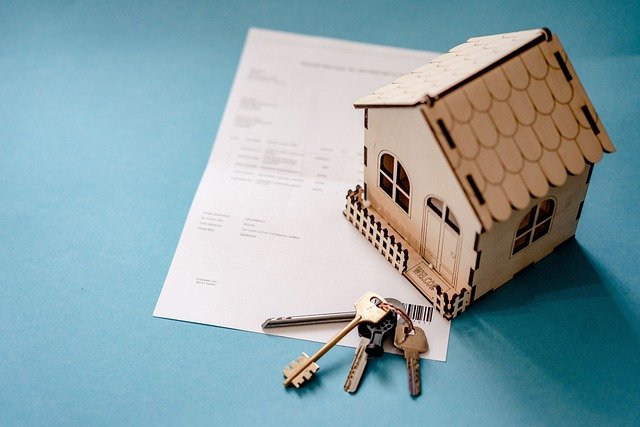The Quiet Rise of Micro Apartments: A New Trend in Urban Living
The tiny house movement has made headlines around the world, but there is another small-scale living trend that is quietly gaining momentum: micro apartments. This article dives into this emerging trend, examining its historical context, current market trends, and the potential implications for real estate investors, buyers, and sellers.

The Origins and Evolution of Micro Apartments
Micro apartments, also known as micro units or studio apartments, are small residential units that typically range from 200 to 400 square feet in size. Although they have been around in various forms for decades, their popularity has been on the rise in recent years, particularly in densely populated urban areas where housing affordability is a pressing issue.
The concept of micro living is not new. It can be traced back to the minimalist Japanese design and the efficient use of space in densely populated cities like Tokyo. However, the modern version of micro apartments began to emerge in the early 2000s, driven by shifting demographic trends and growing environmental concerns.
The Micro Apartment Market Today
Micro apartments have become particularly popular among young, single professionals who value location and convenience over space. They are often located in city centers, close to employment hubs, and are designed to maximize the use of space, often including built-in furniture and multifunctional features.
According to a report by real estate consultancy firm RCLCO, the demand for micro units has grown significantly in the last decade, particularly in high-cost urban markets. For instance, in New York City, the number of micro units has increased by over 60% since 2010.
The Pros and Cons of Micro Apartments
The primary advantage of micro apartments is affordability. They offer a more affordable entry point into the housing market, especially in areas where property prices are high. For investors, they offer the potential for higher rental yields as the cost per square foot is often higher for smaller units.
However, there are also challenges associated with micro apartments. Some critics argue that they contribute to overcrowding and can have negative impacts on mental health due to the lack of space. There are also regulatory hurdles in many cities, as some zoning laws set minimum unit size requirements.
The Future of Micro Apartments
Despite these challenges, the future of micro apartments looks bright. As urbanization continues and housing affordability remains a pressing issue, demand for these small-scale living solutions is likely to continue to grow. Moreover, the COVID-19 pandemic has highlighted the need for flexible living solutions, and micro units can offer a solution to this.
For investors, buyers, and sellers, understanding this emerging trend in the real estate market can open up new opportunities. Whether you’re considering investing in a micro unit, buying one to live in, or selling micro units, being aware of this trend can help you make informed decisions in the ever-evolving real estate landscape.




